Hakone Checkpoint
Once the main gateway to Tokyo, sneaking through this checkpoint was a capital offense in feudal times.
In Japanese history, sekisho or “toll barriers” played an important part in controlling the traffic of people and goods, placed on highways as checkpoints. From the 8th century onwards, and especially during the Edo period, Hakone’s sekisho formed the border of the Kantō region and served as a major waystation for those traveling along the Tōkaidō road from Kyoto to Edo, today’s Tokyo.
In those times, sekisho were especially keen on controlling iri-deppo ni de-on’na, or guns coming and women going. They were put in place to prevent muskets from being smuggled into Edo, as well as daimyō lords’ wives, who were forced to live in the capital as hostages so that their husbands behaved in accordance with the government, from running back to their home. At the time, sneaking through a sekisho was considered a capital offense.
The Meiji government abolished and abandoned all sekisho in 1869, and the once-crowded Hakone Checkpoint was left to rot until 1923, when the country designated it as a National Historic Site. A series of archaeological digs were held from 1999 to 2001, studying the site and comparing it to the Edo period records of Hakone. Soon afterwards, an exact reproduction of the checkpoint was built using historically accurate techniques.
Today, the reconstructed Hakone Checkpoint site is comprised of two gates, guardhouses, a stable and other wooden buildings, as well as a museum dedicated to the local history. Located right beside the beautiful Lake Ashinoko, it’s a must-visit for those who seek to feel the times of the samurai in Hakone.
Know Before You Go
Admission is 500 yen for adults, 250 yen for children. One ticket will let you enter the Checkpoint as well as the small museum at the back; you can also purchase tickets at the museum’s reception, which is next to the parking area. Note that photography is prohibited inside the museum (but fully endorsed in the Checkpoint area).
The nearest bus stop is Hakone Sekisho-mae; from Hakone-Yumoto take the H Line bus towards Hakonemachi-ko. If you take the ropeway up to the Owakudani, you can also go down towards Togendai, take the “pirate ship” cruise and disembark at the Hakonemachi port. It takes about 30 minutes and costs 1,200 yen one-way.







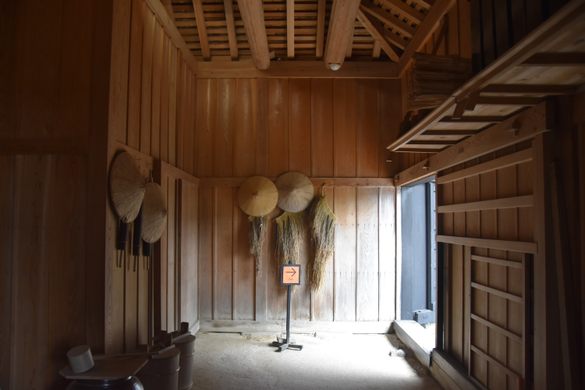

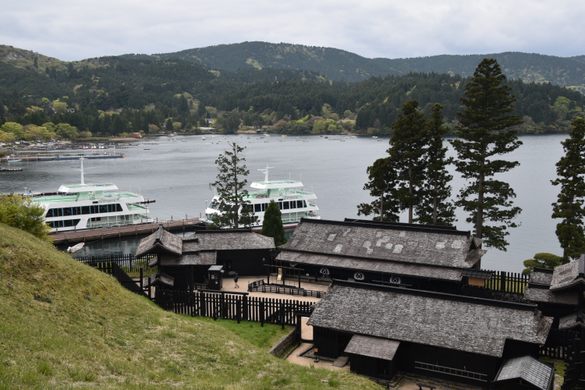
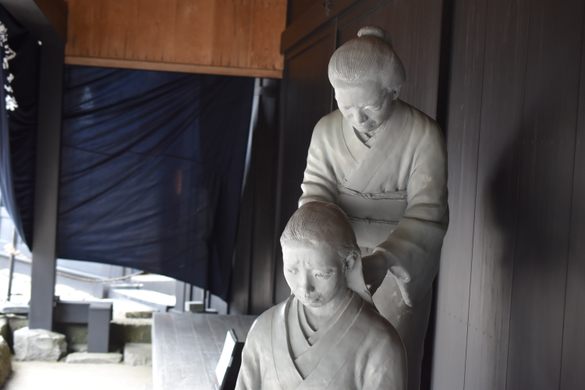


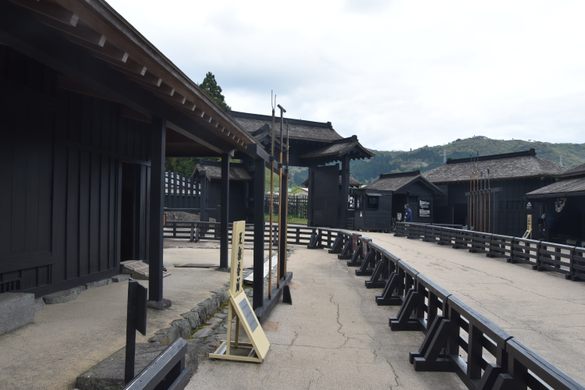
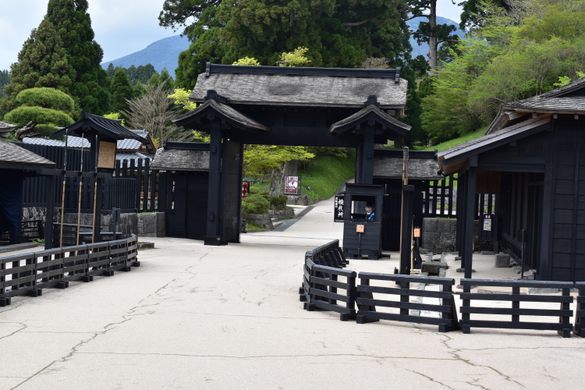
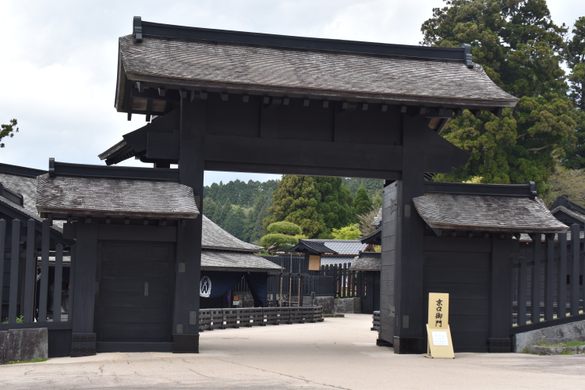



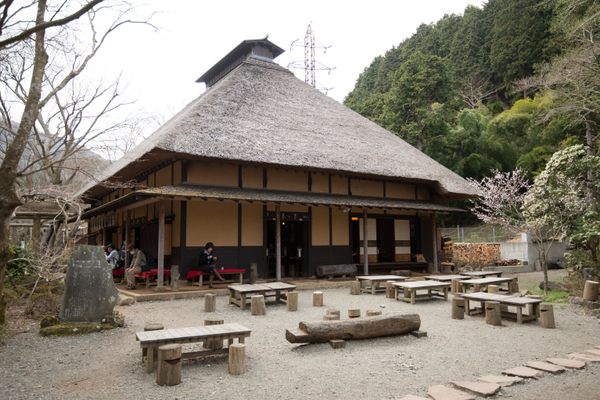
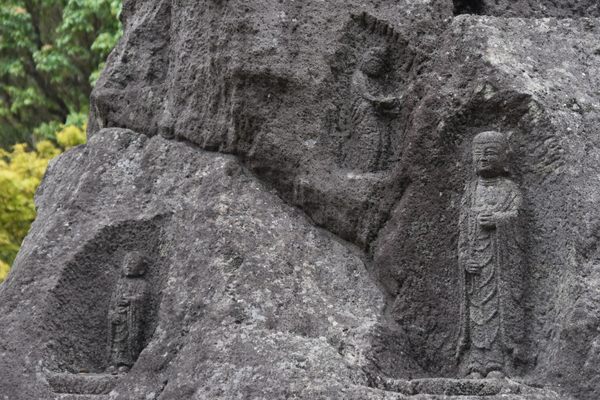
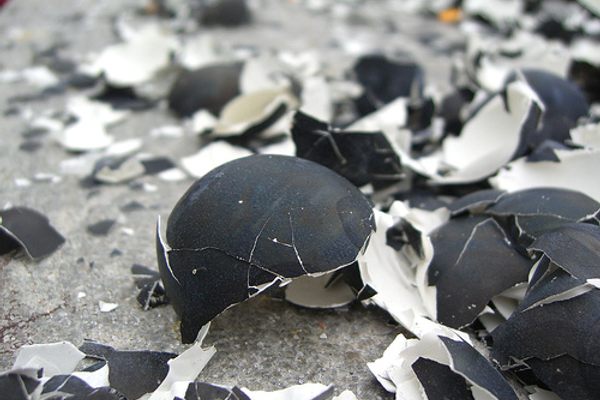



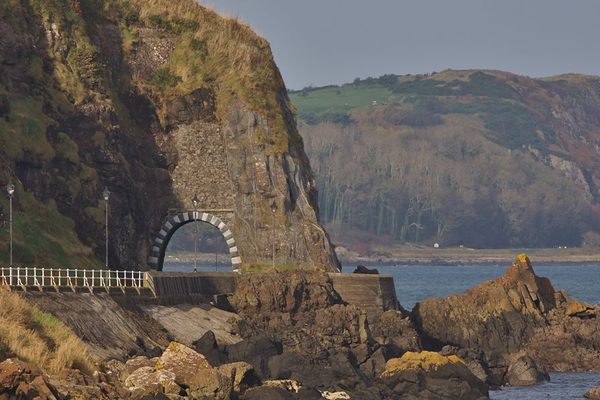


Follow us on Twitter to get the latest on the world's hidden wonders.
Like us on Facebook to get the latest on the world's hidden wonders.
Follow us on Twitter Like us on Facebook